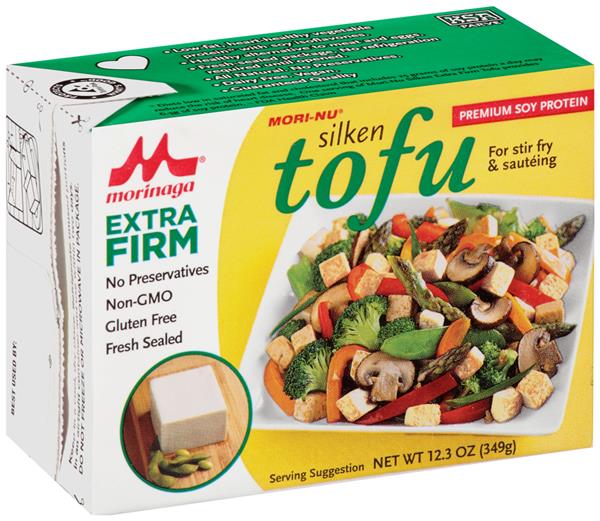Silken tofu is made with a coagulant that allows the soy milk to solidify in its container.
Aseptic container tofu.
Silken tofu is one of the main types of tofu the other main style of tofu is the chinese style block tofu.
Only regular or firm tofu needs to be pressed.
That is why silken tofu is typically sold in aseptic containers.
Aseptic packaging materials several materials are layered together to provide the level of protection required for aseptic packaging standards including.
When you buy tofu that was stored on an aseptic container right on a shelf in the grocery store it can stay on that shelf in your pantry until the package is opened.
If it was purchased in the refrigerator section at the grocery it should remain remain refrigerated.
Silken tofu crumbles very easily.
Developed by tetra pak this proprietary packaging was voted the greatest innovation of the 20 th century by the prestigious institute of food technologies.
Aseptic packaging mori nu tofu uses aseptic packaging exclusively.
It is also called japanese style tofu and is known for its silky creamy jelly like texture.
This means morinaga silken tofu offers you the freshest flavor with no sour taste and no bacterial contamination while at the same time assuring you of complete nutrient retention.
These layers protect against moisture entering or exiting the container.
Once opened submerge any used portion with water in a container cover and refrigerate for up to a week.
Once opened it must be refrigerated and its shelf life remains at 3 5 days.
Drain the water from the opened tofu package.
Put into an airtight container and freeze.
Silken tofu in an aseptic container has a shelf life of up to a year unopened.
If tofu is purchased in an aseptic container on the grocery shelf it can remain on your shelf until opened.
Aseptic packaging locks out the bad light air bacteria and locks in the good nutrients amino acids isoflavones flavor.
Polyethylene is used as a barrier on the inner and outer sides of aseptic packaging.

